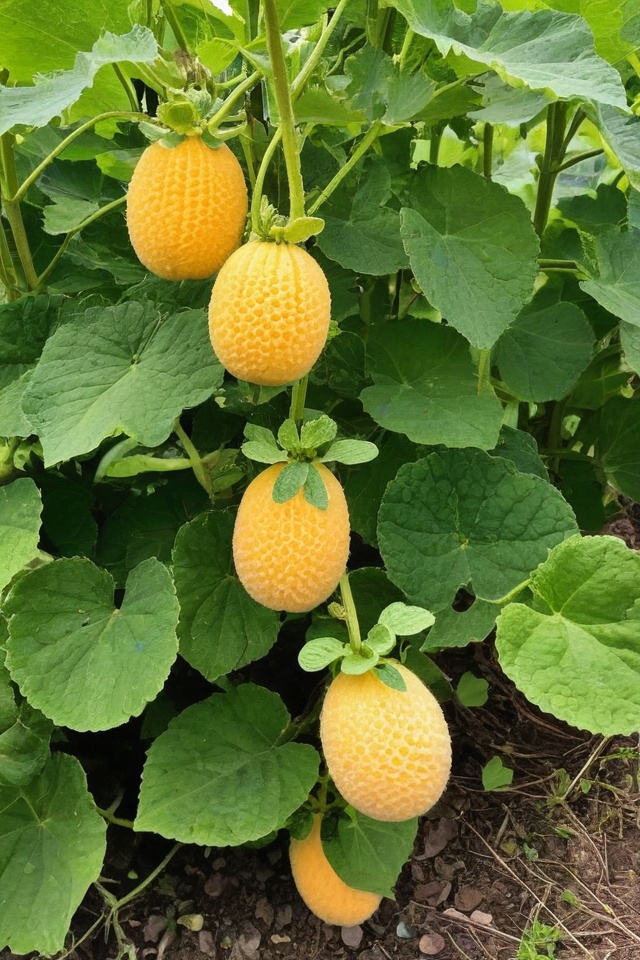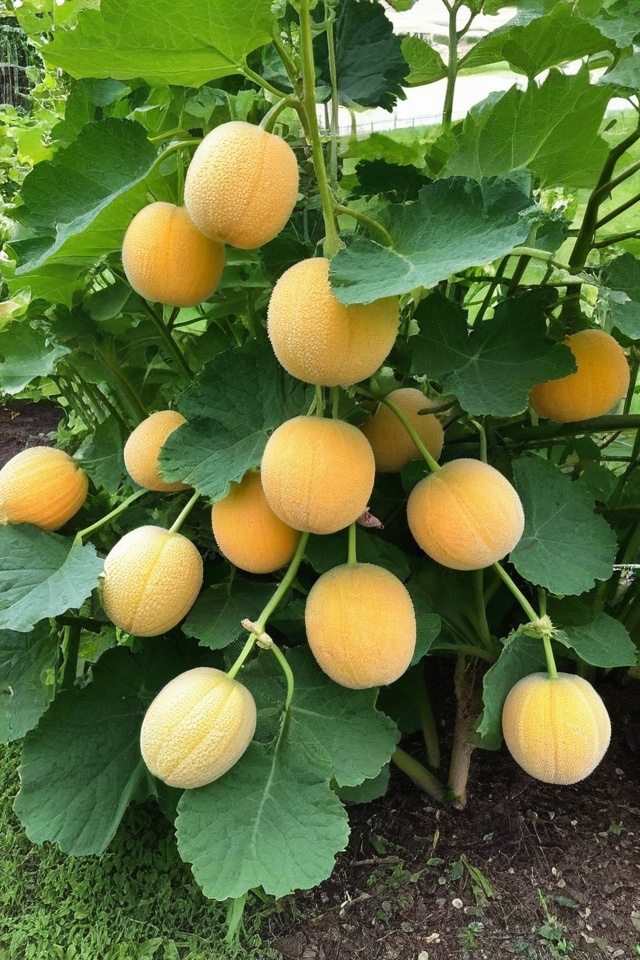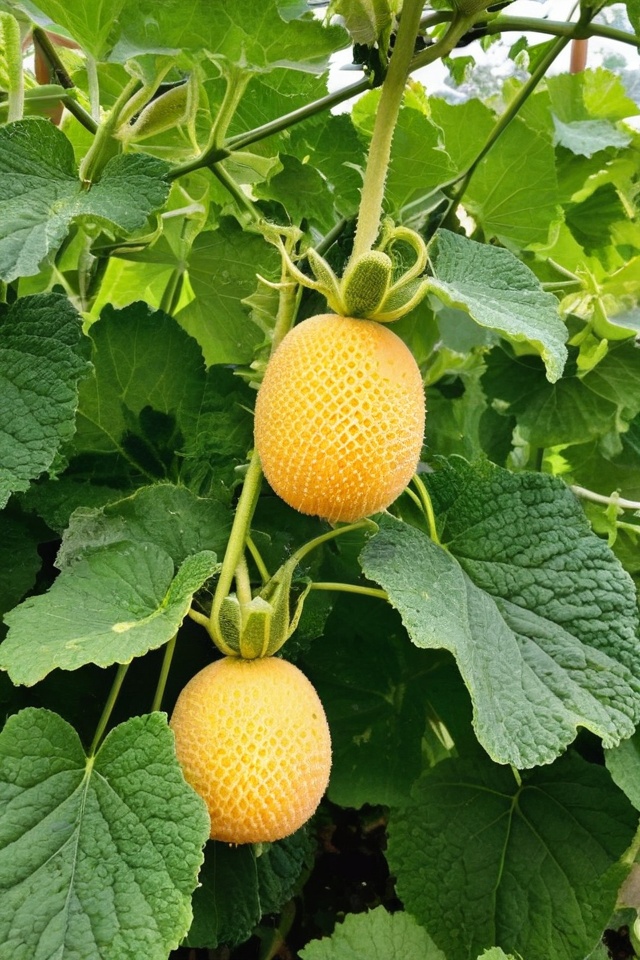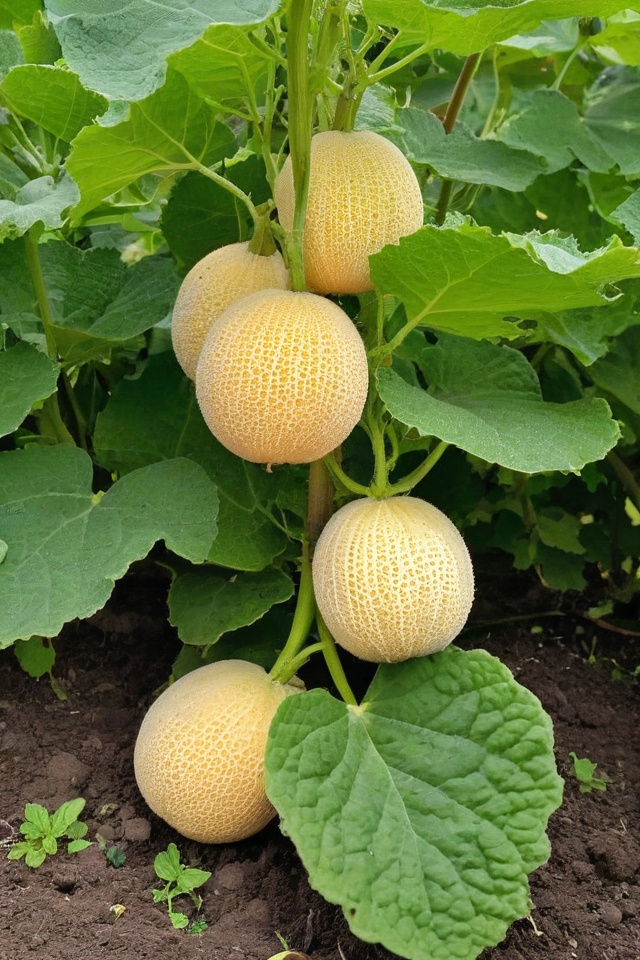Dreaming of juicy cantaloupe from your own garden?
It’s totally possible!
Discover 8 simple tactics to help you grow them. From planting to picking, we’ve got you covered.
Ready to get started?
Let’s dig in!
Pick the Right Spot

Choose a sunny spot in your garden because cantaloupes love the sun. They need at least 8 hours of sunlight every day.
Also, make sure the area is well-drained. If your garden tends to collect water, consider using raised beds.
And remember, space is key! Give your plants some room to spread out.
Prepare the Soil
Cantaloupes thrive in rich, sandy soil. Before planting, mix in some compost or well-rotted manure to boost nutrients.
Aim for a soil pH of 6.0 to 6.5. Using a soil test kit can help determine if you need to tweak the pH levels.
Good soil means happy melons!
Sow the Seeds

Plant your cantaloupe seeds when the soil temperature is at least 70°F. Sow seeds about an inch deep and space them 18-24 inches apart.
If you’re using hills (mounds of soil), space the hills about 4-6 feet apart. Also, plant 2-3 seeds per hill and thin to the strongest seedling once they sprout.
Water Wisely
Cantaloupes need consistent moisture, especially during their growing period. Water your plants deeply once or twice a week.
Avoid overhead watering to prevent mildew and other diseases. Instead, use drip irrigation or water at the base of the plants.
Once the fruits start ripening, reduce watering to enhance sweetness.
Provide Support

If you’re short on space, consider growing cantaloupes vertically with a trellis. This keeps the fruits off the ground and prevents rot and pests from attacking them.
Use slings made of old t-shirts or pantyhose to support the growing melons on the trellis.
Fertilize Regularly
Feed your cantaloupes with a balanced fertilizer. Apply a general-purpose fertilizer when planting, then switch to a low-nitrogen formula once flowers appear.
This encourages more fruit growth instead of leafy growth. Follow the manufacturer’s instructions for best results.
Watch for Pests and Diseases

Keep an eye out for common pests like aphids, cucumber beetles, and spider mites. Use insecticidal soap or neem oil to control them.
For diseases like powdery mildew, ensure good air circulation and avoid overhead watering. Promptly remove any infected plants to prevent the spread.
Harvest at the Right Time
Knowing when to harvest your cantaloupes can be the trickiest part. Look for a creamy, yellowish color on the rind and check for a sweet smell.
The fruit should easily come off the vine with gentle pressure. Enjoy your homegrown melons at their peak sweetness!

